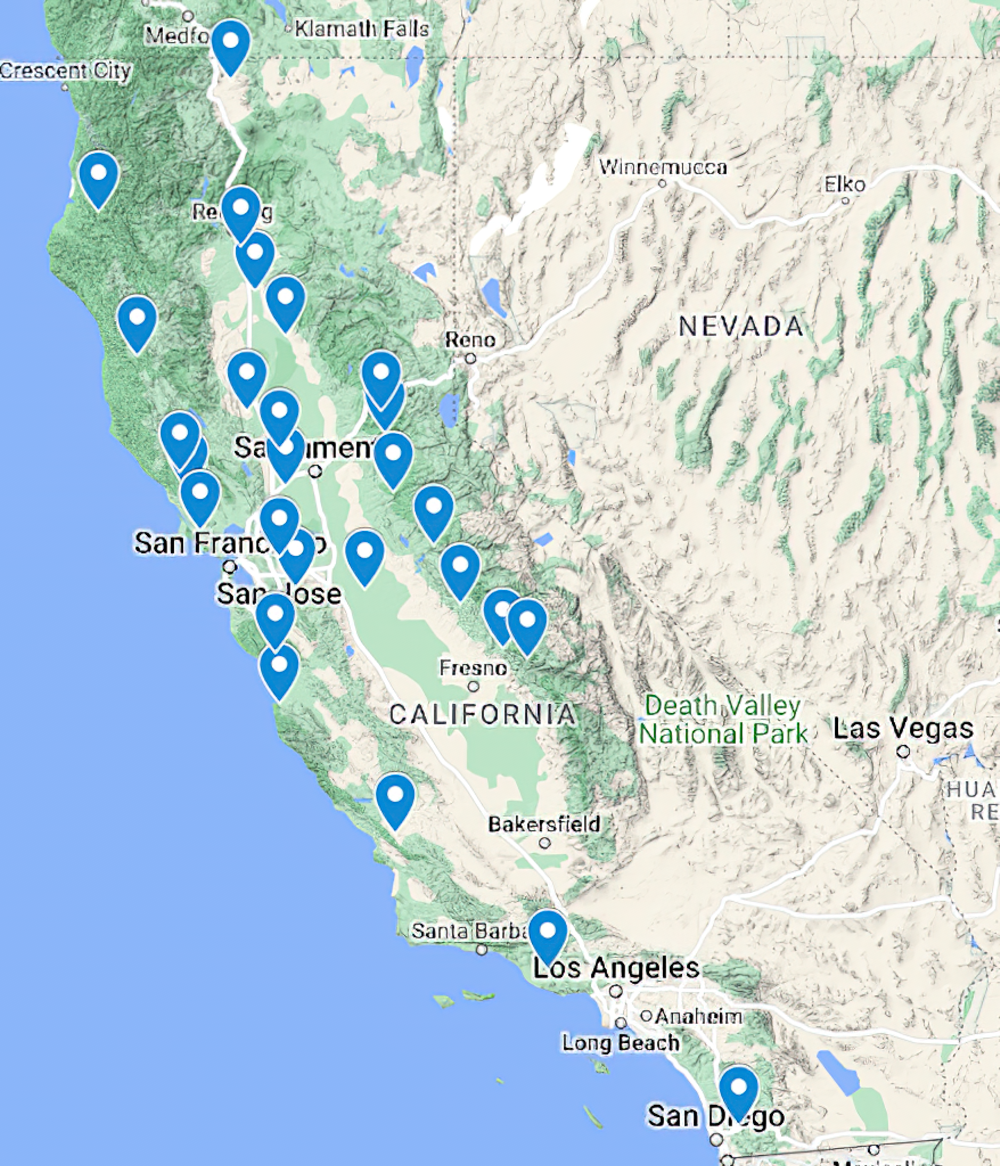Pilot Training to Expand Access to Conservation Planning and Integrate Regenerative Agriculture
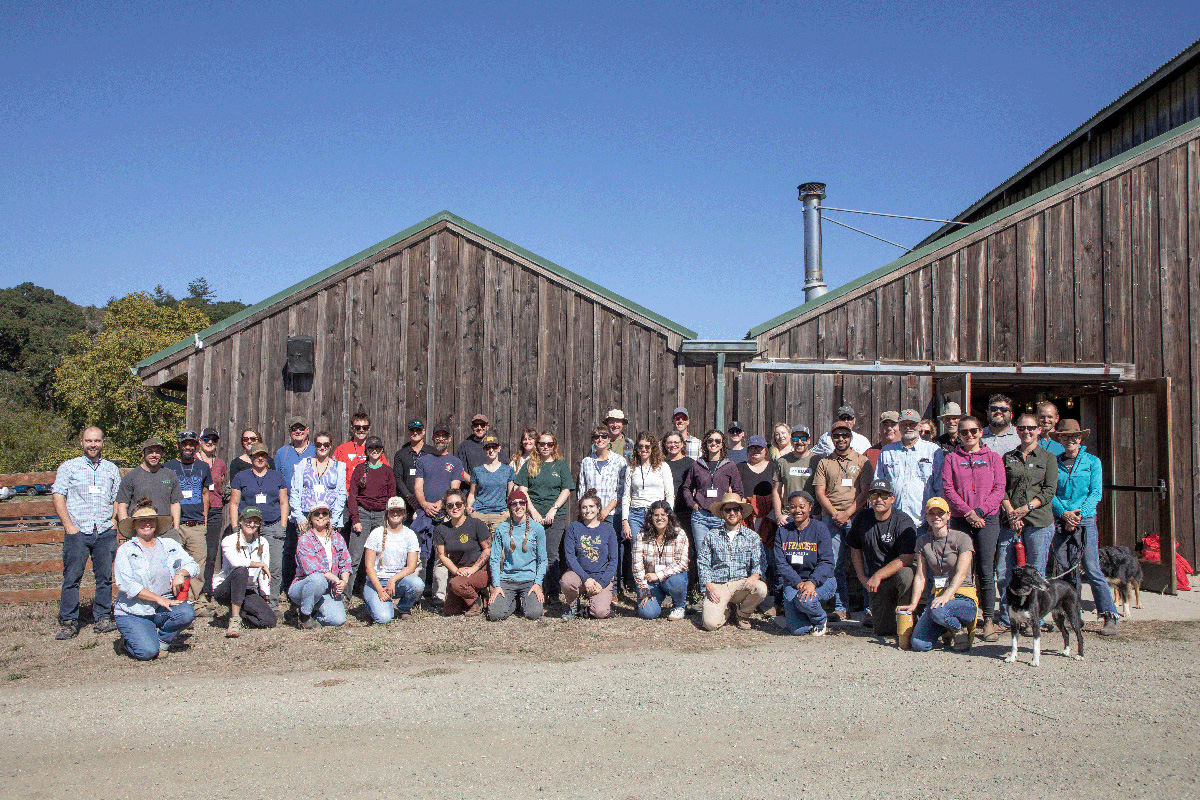
By: Kevin Alexander Watt
 Conservation Plans have been used by Resource Conservation Districts (RCDs) and the Natural Resource Conservation Service (NRCS) for over 85 years to help landholders across California and the United States identify and enact opportunities to steward the health of the land.
Conservation Plans have been used by Resource Conservation Districts (RCDs) and the Natural Resource Conservation Service (NRCS) for over 85 years to help landholders across California and the United States identify and enact opportunities to steward the health of the land.
Conservation Plans are custom-made with landholders to help them articulate specific and achievable goals for the careful management of soil, water, wildlife, plants, air, and energy. These plans often include valuable assets like detailed maps, soil information, photos, resource inventories, economic cost and benefit reports, recommended conservation practices, maintenance schedules, and engineering notes. While such detailed custom plans would be costly to obtain in the private sector, Conservation Plans are created by highly trained staff from RCDs or the NRCS at zero cost to landholders who also help landowners apply for government cost-share programs like the Environmental Quality Incentives Program (EQIP) to implement conservation practices. As a result, Conservation Plans are one of the most time-tested, in-demand, and impactful strategies for scaling good land stewardship.
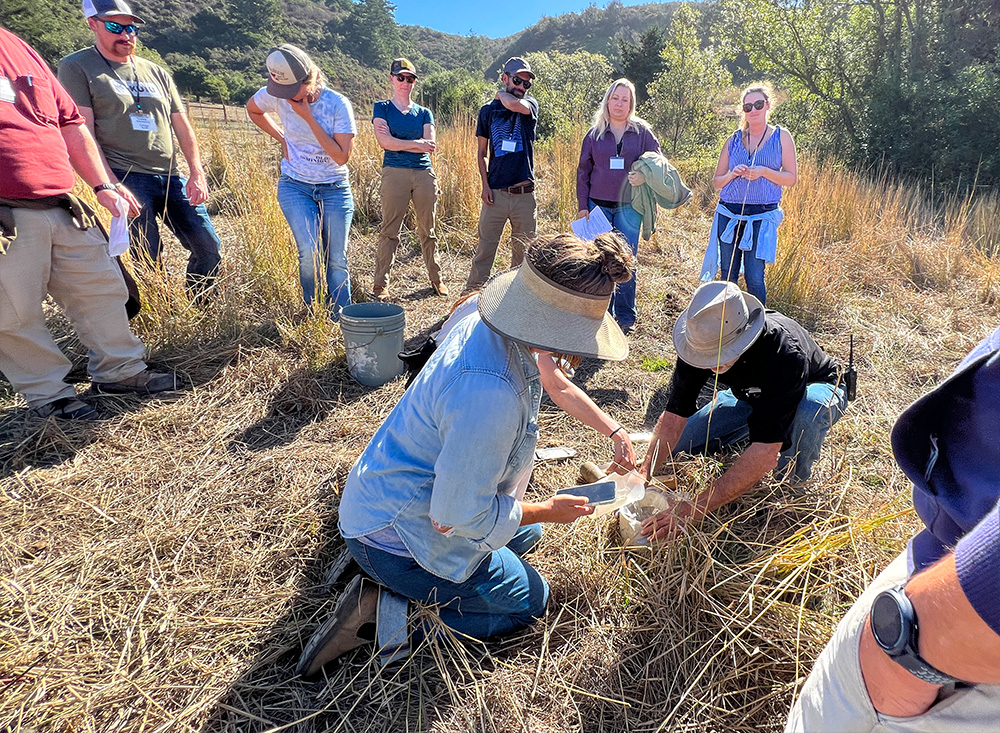
Unfortunately, in California and across the country demand for Conservation Plans vastly outpaces the supply and capacity of trained conservation planners. This is due in large part to the fact that the multi-day workshops to train conservation planners can be expensive to put on, require large amounts of time and preparation from expert instructors, and many RCDs do not have available funding for staff to travel and attend them. As a result, many landholders who are ready to learn about and implement conservation practices end up waiting months or even years before they can begin working with a conservation planner.
To help address this imbalance of supply and demand and achieve its mission to inspire the transition of five million acres to regenerative management, TomKat Ranch Educational Foundation (TKREF) in partnership with the San Mateo County RCD, NRCS, Point Blue Conservation Science (PB), and Carbon Cycle Institute (CCI) hosted an innovative 4-day conservation planning training program in October. This training was funded through a generous grant from Western Sustainable Agriculture Research and Education (Western SARE).
“Through the leadership of the San Mateo Resource Conservation District and TomKat Ranch, dedicated conservation partners came together to show the power of local people training their community. What an extremely rewarding experience to work with this outstanding group to develop this innovative curriculum that brought together the principles of regenerative agriculture with the basics of conservation planning. Our goal was to develop a curriculum that could be taken to other locations to replicate the training. I can’t wait to see what is next for this training curriculum.”
Kay Joy Barge, Retired USDA-NRCS
The training was innovative for two important reasons. First, it was put on through a dynamic public/private partnership with the San Mateo County RCD and NRCS collaborating with TKREF, PB, and CCI to create and teach the curriculum, provide lodging and locally-sourced meals, and secure stipends through the Western SARE grant for RCD staff from across California to travel and attend. Second, this training added the most up-to-date science, practice, and principles of Regenerative Agriculture to the existing Conservation Planning process in order to give planners at RCDs and the NRCS more tools to help landholders improve the social, economic, and environmental productivity and resilience of their land and agricultural operations.
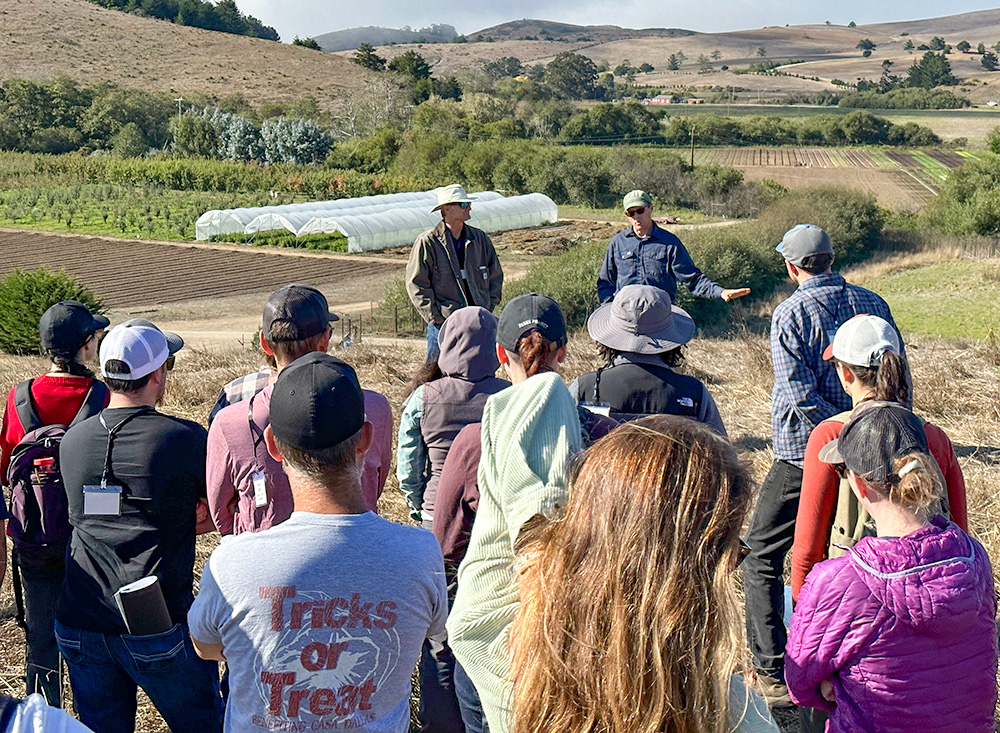
Over the four day training, participants spent time with each other and with expert instructors both in the classroom and out in the fields of TomKat Ranch and Fifth Crow Farm.
Many participants noted that this training was their first exposure to Regenerative Agriculture. One participant shared, “I was surprised by the positive outlook on agriculture. It seems everywhere you look now agriculture is getting a bad name or blamed for all of our environmental problems. It was refreshing to hear an optimistic approach and Ag can be a solution.”
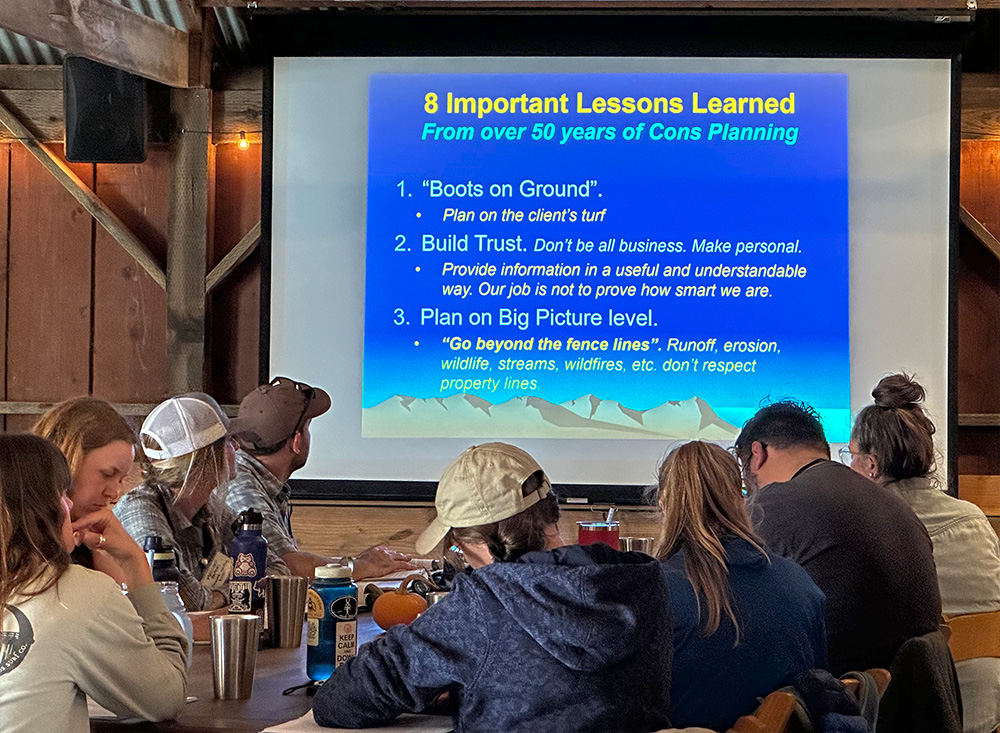
Excitingly, this training is only the beginning. In early 2024, TKREF and the San Mateo County RCD will be hosting a short-form webinar on Regenerative Agriculture and Conservation Planning to help reach audiences that couldn’t attend in October. Additionally, the curriculum for the 4-day training and the model of private/public partnership will be shared across California to help inspire and launch other training opportunities to help meet the growing demand for Conservation Plans and ultimately help regenerate the health and resilience of California’s millions of acres of working lands.
